Straw Ornaments
Technique Guide
Materials and Tools
- Rye straw or plastic drinking straws
- String or thread (lightweight kite thread or other sewing thread)
- Needle (one short and one very long)
- Ruler
- Scissors or cutting blade
Preparing Rye Straw
Dry, ripe wheat or rye stalks are selected. Clipped out any nodes, keeping straight pieces of various lengths. The stalks are then soaked in hot water for pliability, dried, cut and graded according to length and thickness. Pieces may vary from 1 to 8 inches (2 to 20 cm) in length. When the straws are dry, glue may be applied to the inside of each end to prevent splitting. Once the glue is dry, the straws are ready for threading. Today many crafters use white paper or plastic drinking straws to make ornaments.
Fine twisted linen or cotton thread is used for threading, although cotton thread is preferable for its softness and elasticity. Long needles of medium width pass easily through the hollow centres of the straws. A thick needle or thread may hamper the formation of intricate designs since it must pass through the same shaft a number of times.
Threading usually starts with basic two-dimensional shapes, beginning with triangles and working up to multi-dimensional constructions.
Instructions
Thread a needle and keep the string as a single strand while working the entire ornament. If additional string is required, remove the needle and attach more string, rethread and continue.
Pull the needle through four (see drawing and videos below) straws of equal length, tie a knot at the end of the last straw, pull it inside the straw to hide it, leaving enough string to continue with the rest of the ornament.
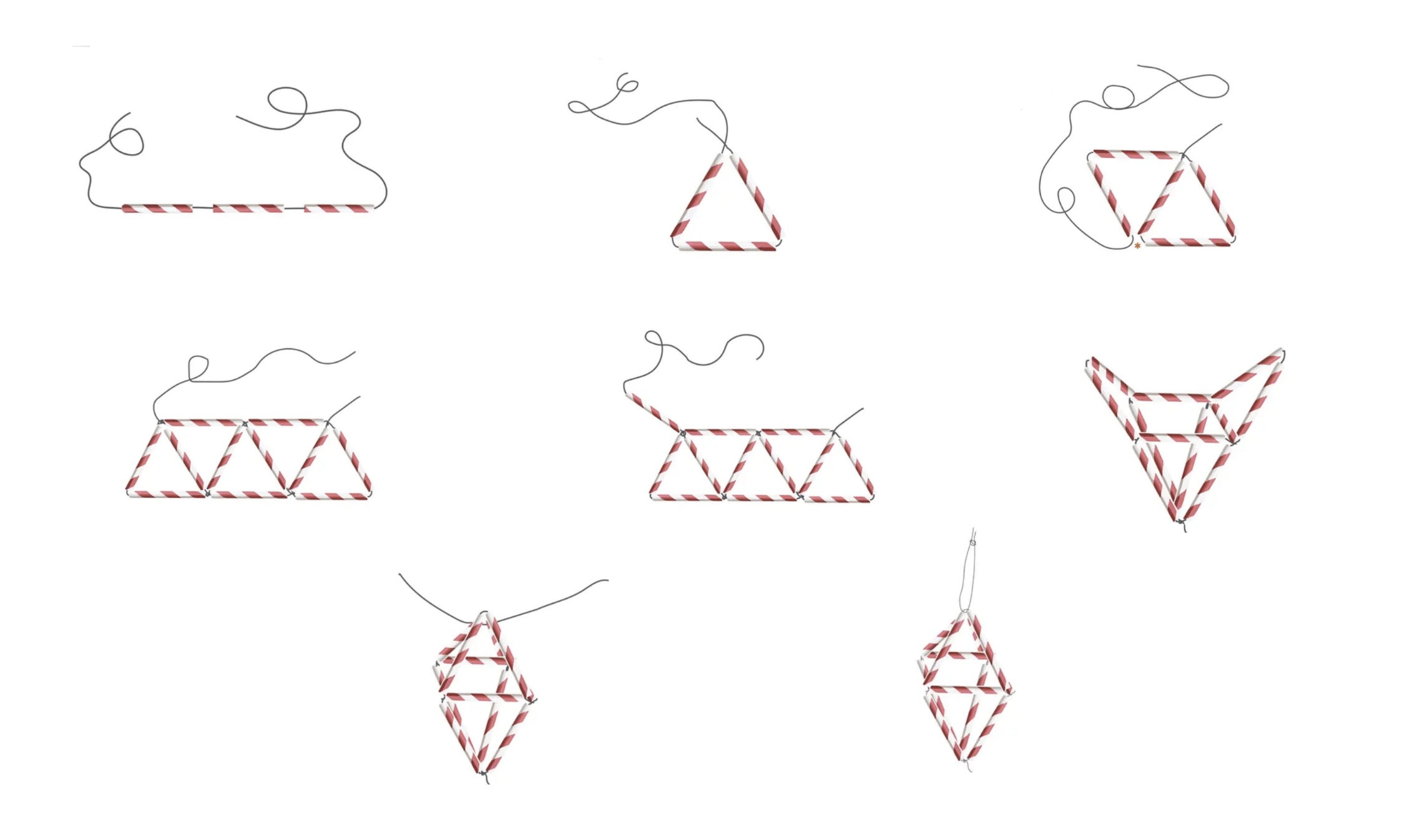
Variations
Elongated Ornament
The shape of the ornament can be changed simply by changing the length of the straws used in the instructions for the basic ornament. For example, using eight 4-inch (10 cm) straws and substituting four 2-inch (5 cm) straws for the 3-inch (8 cm) ones, the ornament will be more elongated. Experiment with other sizes.
Six-sided Ornament
- Cut twelve 4-inch (10 cm) lengths of straw.
- Cut six 1½-inch (4 cm) lengths of straw.
- Cut 6 feet (1-2 metres) of string, and thread needle.
- String four long straws to form a square, tie end knot, at the top angle, do not cut string.
- Add two long straws to the string, wrap it around the opposite (bottom) angle.
- Thread two more long straws and bring the needle up to wrap the string around top angle, continue until all long straws are used.
- Push needle through any straw to the middle angle, add a short straw to the string, wind it to the next middle angle, continue until all short straws are used. Thread the needle back up to the top and tie securely, leaving enough string to hang the ornament before cutting.
Eight-sided Ornament
For an eight-sided ornament use sixteen 4-inch (10 cm) straws and eight 1-inch (3 cm) straws, proceed as for the six-sided ornament, repeating as necessary.
Fringes
Fringes are made by cutting straws into small half-inch or one-inch lengths on the diagonal. Sew these pieces together through the mid-point of each piece, as in stringing popcorn. Long strings of fringe may be hung as garlands on a Christmas tree, or in short lengths to finish an ornament.
Basic Instruction Videos: 2 Parts
Thank you to Gabrielle Valevicius for generously sharing her videos and illustration with us.

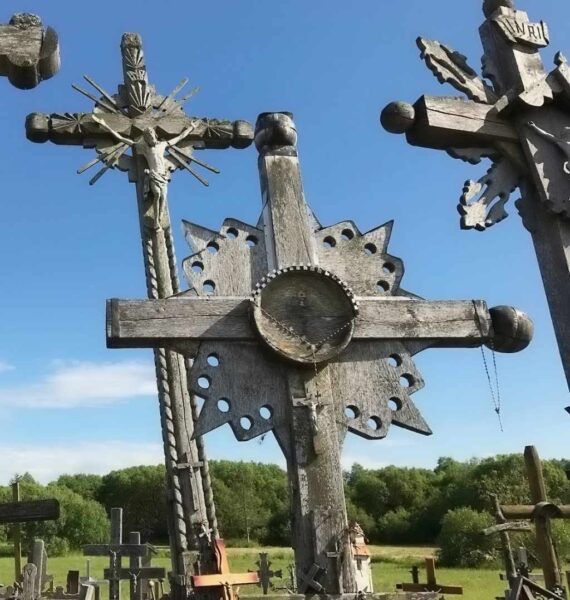
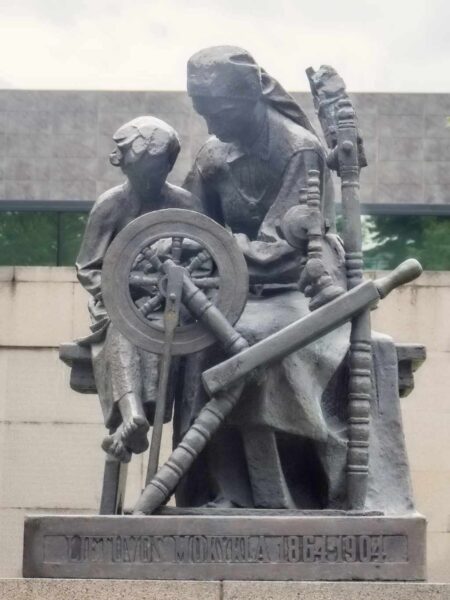
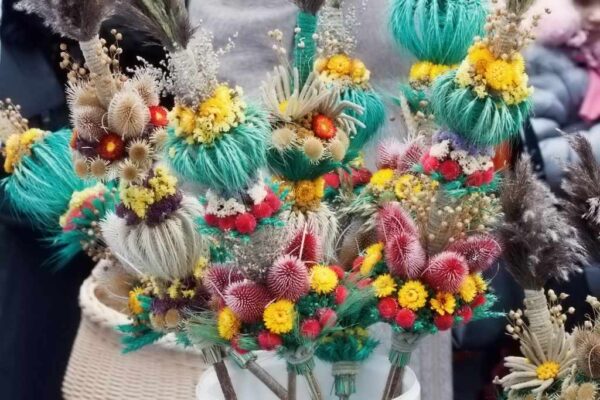

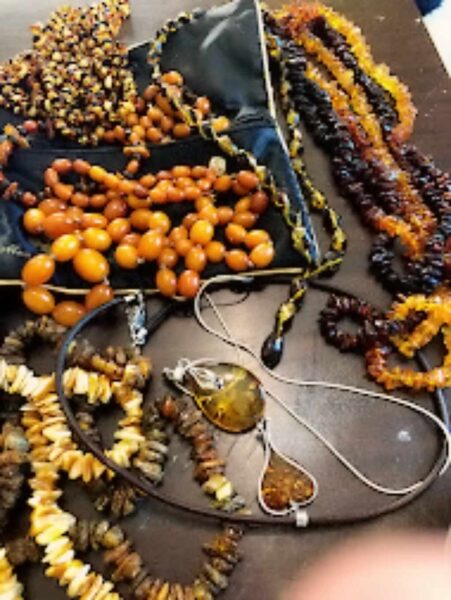

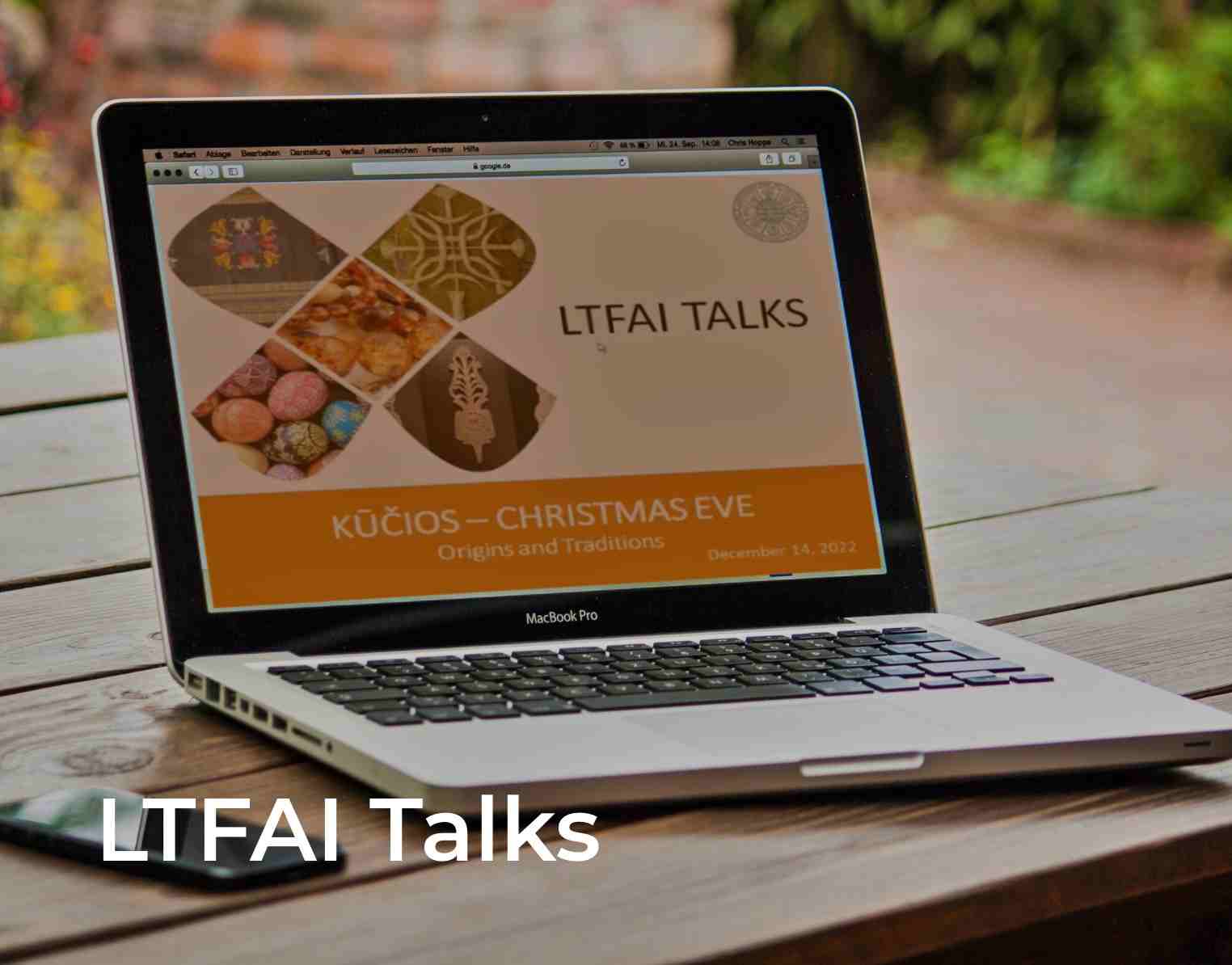
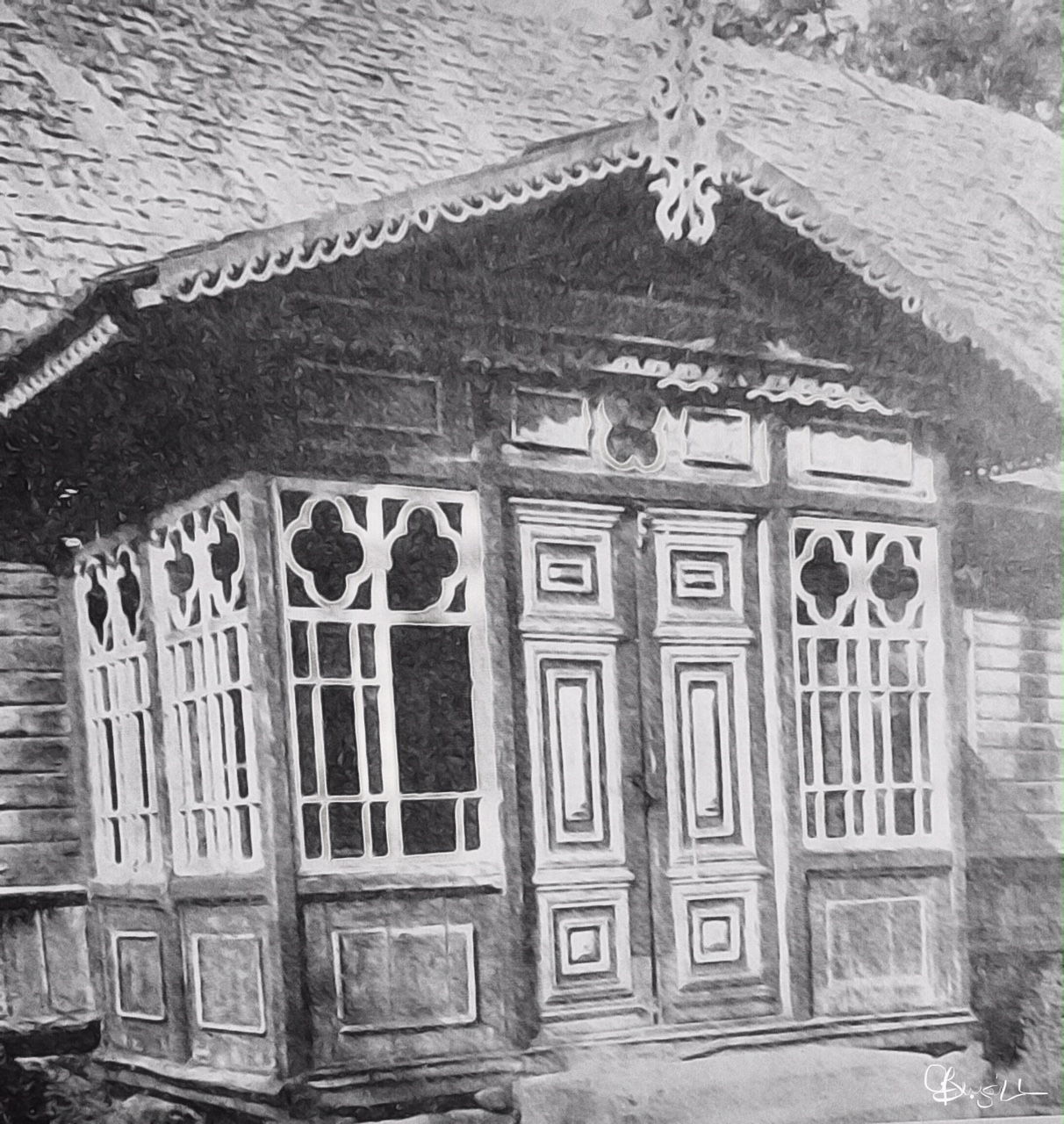
 Ramune is a translator and editor, who worked with the Canadian Lithuanian Weekly Tėviškės žiburiai as managing editor for over 20 years.
Ramune is a translator and editor, who worked with the Canadian Lithuanian Weekly Tėviškės žiburiai as managing editor for over 20 years.